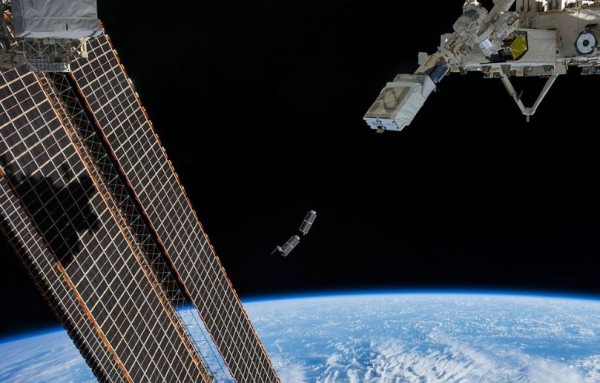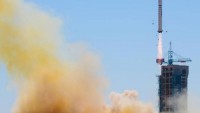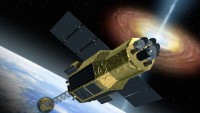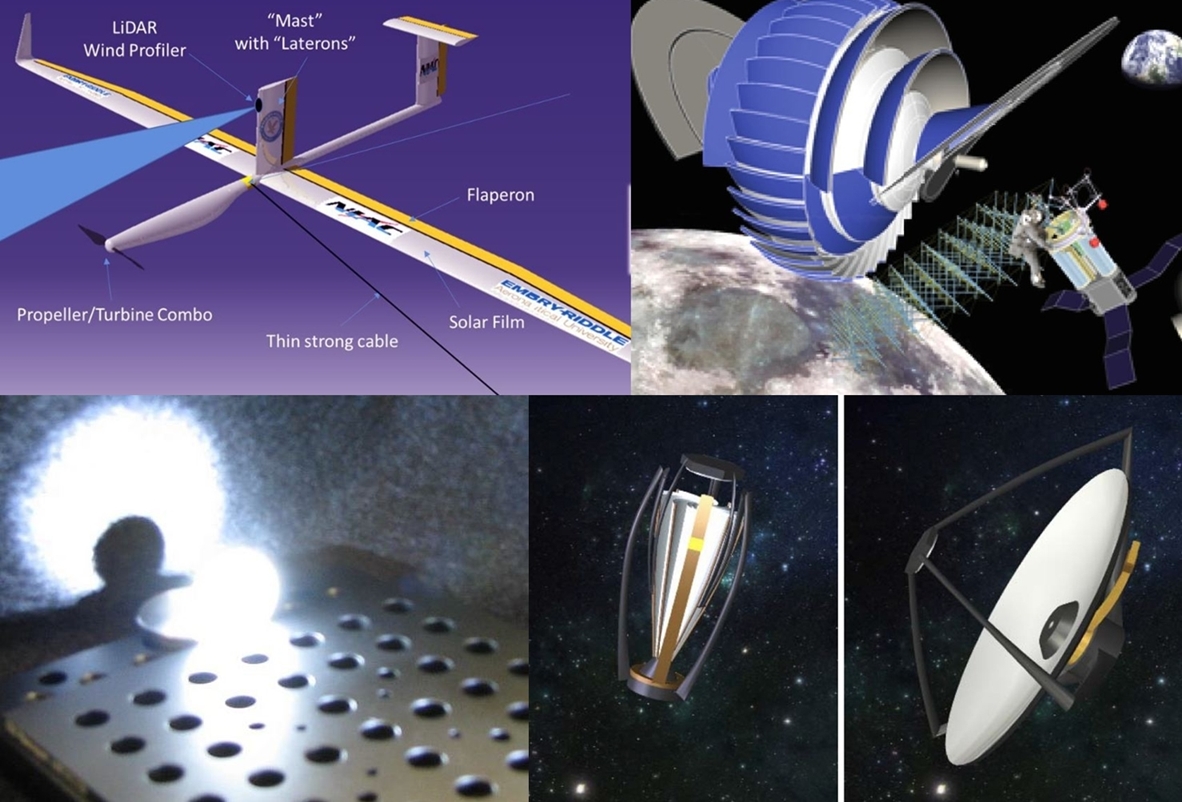US Government Recommends NASA Orbit Hundreds of CubeSats for Research
| Arthur Dominic Villasanta | | May 30, 2016 05:01 AM EDT |
(Photo : NASA) CubeSats being launched from the ISS
NASA should devote more resources to developing and orbiting cheaper CubeSats for science missions and better manage the explosion of interest in this "disruptive innovation," recommends a report from The National Academies of Sciences, Engineering and Medicine (also called The Academies).
Like Us on Facebook
A report prepared by a committee under The Academies' Space Studies Board noted that CubeSats can be considered a "disruptive innovation" whose capabilities continue to grow while remaining faster to develop and less expensive than conventional and much larger satellites.
Most of the NASA CubeSat missions have been technology demonstrators. A small but growing number, however, were science missions.
Up until 2013, academia accounted for over half of CubeSat launches. Beginning 2014, most CubeSats sent to space serve commercial purposes or are amateur projects.
"Fueled by the excitement of access to space, a newfound pioneering spirit, and sometimes even overenthusiastic optimism of first adopters in academia, industry, and the government, the progress of CubeSats toward becoming a science platform has been rapid," said the report.
The report said the real strength of CubeSats lies in orbiting constellations of dozens to hundreds of these tiny satellites. CubeSats can provide improved coverage of the Earth and the near-Earth space environment that would be much too expensive if done with larger spacecraft.
The committee urged NASA to perform "focused investment and development" of CubeSat constellations.
"NASA should develop the capability to implement large-scale constellation missions taking advantage of CubeSats or CubeSat-derived technology and a philosophy of evolutionary development."
The National Science Foundation (NSF), the federal agency that supports basic research, began its CubeSat program in 2008 for solar and space physics research. That program has flown eight missions to date and orbited 13 CubeSats. Another seven missions involving 11 CubeSats are under development. The Academies urge NASA to follow NSF's lead.
"The committee believes that the (NSF) program has been successful with regard to both goals and that NSF's current program continues to be valuable," the report states. That recommendation includes expanding the program beyond solar and space physics to a "broad range of science disciplines," said the report.
The report noted the explosion of interest in the deployment of CubeSats has led to management challenges that might stifle the impact that CubeSats can have for science. It recommends NASA centralize management of its diverse CubeSat efforts and encourages using these miniaturized satellites for a wide range of scientific missions.
TagsCubeSats, NASA, The National Academies of Sciences, Engineering and Medicine, National Science Foundation
©2015 Chinatopix All rights reserved. Do not reproduce without permission
EDITOR'S PICKS
-

Did the Trump administration just announce plans for a trade war with ‘hostile’ China and Russia?
-

US Senate passes Taiwan travel bill slammed by China
-

As Yan Sihong’s family grieves, here are other Chinese students who went missing abroad. Some have never been found
-

Beijing blasts Western critics who ‘smear China’ with the term sharp power
-

China Envoy Seeks to Defuse Tensions With U.S. as a Trade War Brews
-

Singapore's Deputy PM Provides Bitcoin Vote of Confidence Amid China's Blanket Bans
-

China warns investors over risks in overseas virtual currency trading
-

Chinese government most trustworthy: survey
-

Kashima Antlers On Course For Back-To-Back Titles
MOST POPULAR
LATEST NEWS
Zhou Yongkang: China's Former Security Chief Sentenced to Life in Prison

China's former Chief of the Ministry of Public Security, Zhou Yongkang, has been given a life sentence after he was found guilty of abusing his office, bribery and deliberately ... Full Article
TRENDING STORY

China Pork Prices Expected to Stabilize As The Supplies Recover

Elephone P9000 Smartphone is now on Sale on Amazon India

There's a Big Chance Cliffhangers Won't Still Be Resolved When Grey's Anatomy Season 13 Returns

Supreme Court Ruled on Samsung vs Apple Dispute for Patent Infringement

Microsoft Surface Pro 5 Rumors and Release Date: What is the Latest?













